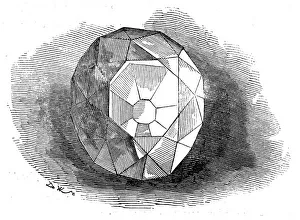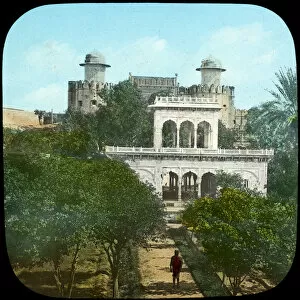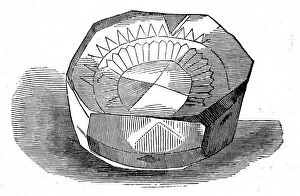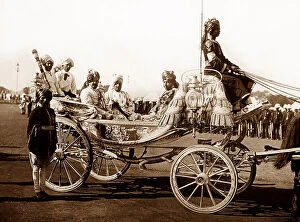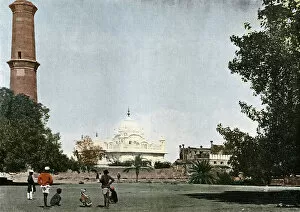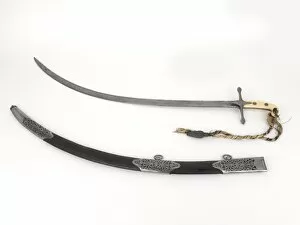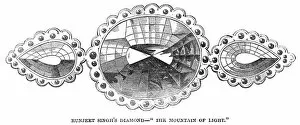Ranjit Collection
Ranjit Singh, also known as Sher-E-Punjab or The Lion of the Punjab, was a prominent figure in Indian history
All Professionally Made to Order for Quick Shipping
Ranjit Singh, also known as Sher-E-Punjab or The Lion of the Punjab, was a prominent figure in Indian history. Born in 1780, he rose to power and became the Maharaja of Punjab. Known for his military prowess and strategic acumen, Ranjit Singh left an indelible mark on the region. One of his notable achievements was acquiring the Koh-i-noor Diamond. In 1852, he had it re-cut to enhance its brilliance and beauty. This legendary diamond has since become a symbol of power and prestige. Ranjit Singh's love for art and architecture is evident in the marble pavilion found in Fort Gardens, Lahore. Built during the late 19th or early 20th century, this structure showcases intricate craftsmanship that mesmerizes visitors even today. Deeply rooted in his faith, Ranjit Singh held great reverence for Hindu scriptures. He sought wisdom from these sacred texts which guided him throughout his reign. His influence extended beyond Punjab as well. At the Delhi Durbar in India, Prince Ranjit Singh commanded respect from all corners of the country. His presence exuded authority and grandeur befitting a true leader. A warrior at heart, Ranjit Singh wielded a Shamshir sword with unmatched skill and precision. This weapon became synonymous with his valiance on the battlefield. While renowned for his conquests and treasures like Koh-i-noor Diamond, Ranjit Singh also focused on fortifying his kingdom's defenses along rivers like Sutlej River. The Fort of Philoor stands tall as a testament to his vision and determination. In death too, he left behind remarkable legacies such as Runjeet Singhs Tomb alongside the Great Mosque at Lahore - architectural marvels that continue to inspire awe till this day. Captured vividly by artists like George Francis White through their paintings depicting scenes such as Runjeet Singhs Encampment at Roopur, his presence and influence were immortalized.

